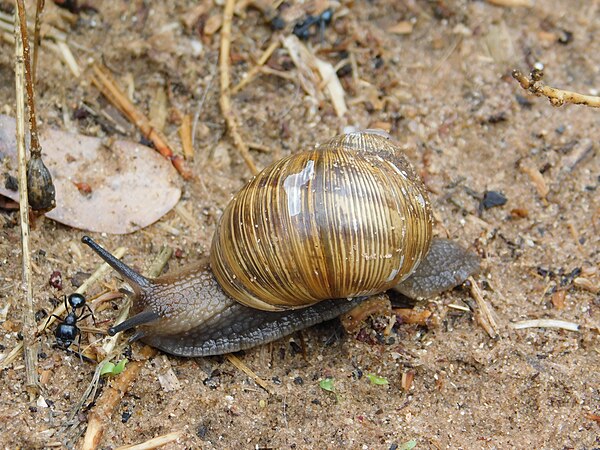
Malacology is the branch of invertebrate zoology that deals with the study of the Mollusca, the second-largest phylum of animals in terms of described species after the arthropods. Mollusks include snails and slugs, clams, and cephalopods, along with numerous other kinds, many of which have shells. Malacology derives from Ancient Greek μαλακός (malakós) 'soft' and -λογία (-logía) '-logy', 'study of'.

Helix is a genus of large, air-breathing land snails native to the western Palaearctic and characterized by a globular shell.

Cornu aspersum, known by the common name garden snail, is a species of land snail in the family Helicidae, which includes some of the most familiar land snails. Of all terrestrial molluscs, this species may well be the most widely known. It was classified under the name Helix aspersa for over two centuries, but the prevailing classification now places it in the genus Cornu.

Helix pomatia, known as the Roman snail, Burgundy snail, or escargot, is a species of large, air-breathing stylommatophoran land snail native to Europe. It is characterized by a globular brown shell. It is an edible species which commonly occurs synanthropically throughout its range.

Lissachatina fulica is a species of large land snail that belongs in the subfamily Achatininae of the family Achatinidae. It is also known as the giant African land snail. It shares the common name "giant African snail" with other species of snails such as Achatina achatina and Archachatina marginata. This snail species has been considered a significant cause of pest issues around the world. It is a federally prohibited species in the US, as it is illegal to sell or possess. Internationally, it is the most frequently occurring invasive species of snail.

Calliostoma is a genus of small to medium-sized sea snails with gills and an operculum, marine gastropod molluscs within the family Calliostomatidae, the Calliostoma top snails. Previously this genus was placed within the family Trochidae. Calliostoma is the type genus of the family Calliostomatidae.
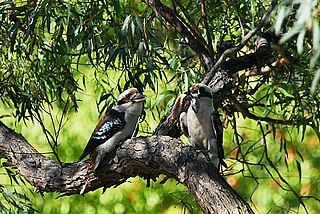
The fauna of the Australian Capital Territory includes representatives from most major Australian animal groups.

Helix lucorum is a species of large, edible, air-breathing land snail, a terrestrial pulmonate gastropod mollusk in the family Helicidae, the typical snails.

A land snail is any of the numerous species of snail that live on land, as opposed to the sea snails and freshwater snails. Land snail is the common name for terrestrial gastropod mollusks that have shells. However, it is not always easy to say which species are terrestrial, because some are more or less amphibious between land and fresh water, and others are relatively amphibious between land and salt water.
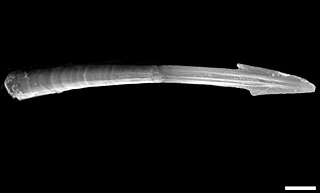
A love dart is a sharp, calcareous or chitinous dart which some hermaphroditic land snails and slugs create. Love darts are both formed and stored internally in a dart sac. These darts are made in sexually mature animals only, and are used as part of the sequence of events during courtship, before actual mating takes place. Darts are quite large compared to the size of the animal: in the case of the semi-slug genus Parmarion, the length of a dart can be up to one fifth that of the semi-slug's foot.
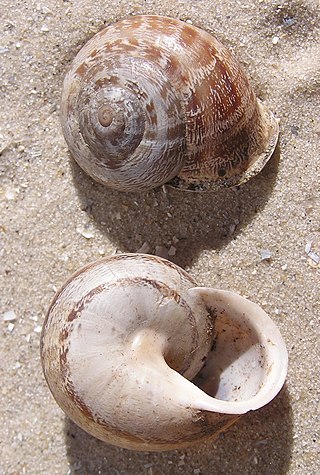
Eobania vermiculata also known as Helix vermiculata, common name the "chocolate-band snail" is a species of large, air-breathing, land snail, a terrestrial pulmonate gastropod mollusk in the family Helicidae, the true snails or typical snails.
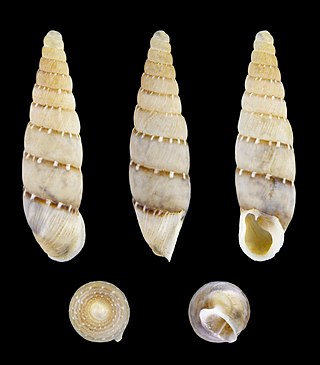
Papillifera papillaris, also known as Papillifera bidens, is a species of small, air-breathing land snail with a clausilium, a terrestrial pulmonate gastropod mollusk in the family Clausiliidae, the door snails. This is a Mediterranean species.
William Henry Benson was a civil servant in British India and a pioneer malacologist. He made large collections of molluscs and described over 470 species, mainly from India, Sri Lanka, Burma and South Africa.
Calliostoma syungokannoi is a species of sea snail, a marine gastropod mollusk in the family Calliostomatidae.
Favartia concavoptera is a species of sea snail, a marine gastropod mollusk in the family Muricidae, the murex snails or rock snails.

Enixotrophon arnaudi is a species of sea snail, a marine gastropod mollusk in the family Muricidae, the murex snails or rock snails.

Plectopylis repercussa is a species of air-breathing land snail, a terrestrial pulmonate gastropod mollusc in the family Plectopylidae.

Lucerna is a genus of air-breathing land snails, terrestrial pulmonate gastropod mollusks in the subfamily Lucerninae of the family Pleurodontidae.
Maltzanella is a genus of terrestrial pulmonate gastropod mollusks in the family Helicidae, the typical snails. It has two known species distributed in Turkey. The shell is similar to Helix, which is the sister lineage to Maltzanella.

